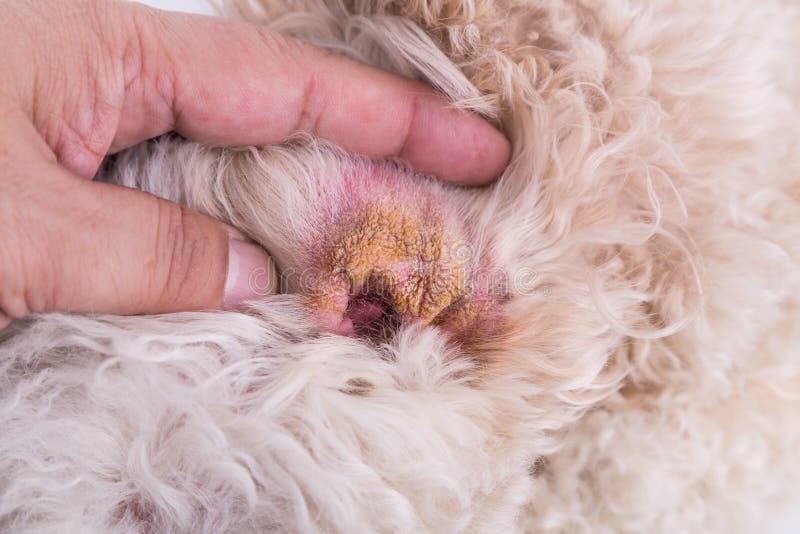
In these cases, another aural haematoma may form in the same ear or in the other ear and management may require long term medications. Unfortunately, it is not always possible to identify a cause, or it is difficult to manage the underlying cause (eg allergies). If an ear infection is identified, the ear canal will be thoroughly cleaned during anaesthesia and appropriate medical ointments or medications will be dispensed. If a foreign body is found, it is removed. It is essential that the cause of the problem be identified and treated if possible. Allergies resulting in an itchy ear, scratching and shaking head.Grass seed or other foreign body lodged within the ear canal.

Some things which can cause this include:
AURAL HEMATOMA IN DOGS SKIN
Therapeutic goals include removal of contents, maintenance of apposition between skin and cartilage. As mentioned, above, any reason that causes the dog to shake its head can result in the formation of an aural haematoma. Aural hematomas can be treated surgically or nonsurgically. The second major aspect of treatment is to work out why the haematoma formed in the first place. Aural hematomas form when blood vessels break between the ear flap skin and the underlying cartilage of the ear.

The specific method used will depend on the size, age and position of the haematoma. Aural Hematoma in part of the pinna (ear flap). Reattachment of the ear cartilage is encouraged with the use of multiple sutures placed through the ear flap (with or without the use of a support to maintain the normal architecture of the ear) and these sutures are left in place for 3 weeks. These holes are left open to allow continued drainage of fluid whilst waiting for the ear flap to heal. The blood is drained and the ear flushed to remove any remaining blood clots. This is achieved under general anaesthesia where either a single incision or multiple small biopsy holes are made on the inner surface of the ear. The first aim of treatment is to drain the haematoma to relieve the pressure and pain associated with the build up of fluid within the ear flap. Violent shaking causes the vessels to break as the skin slides across the cartilage. Blood vessels go from side-to side by passing through the cartilage. Ear hematomas vary in size and appearance. These happen when a blood vessel bursts and bleeds between the cartilage and skin of the outer ear.

The most common type of hematoma in dogs is an ear hematoma (or aural hematoma). It’s sometimes referred to a blood blister. The cartilage gives the ear flap its shape. A dog ear hematoma is the collection of blood outside of a blood vessel. This appears as a lump or swelling of the earflap. The ear flap is composed of a layer of skin on each side of a layer of cartilage. An EAR HEMATOMA is a large collection of blood that forms between the skin and the cartilage in the ear. When the tiny blood vessels in the ears cartilage rupture and bleed. An understanding of the ear's anatomy makes the sequence of events more logical. An aural, or ear, hematoma is a swelling in the earflap resulting from an injury. Excessive shaking causes blood vessels to break, resulting in bleeding. When something irritates the ear canal, a dog is likely to respond by scratching or shaking the head. Aural haematomas usually occur as a result of local irritation to some part of the ear.


 0 kommentar(er)
0 kommentar(er)
